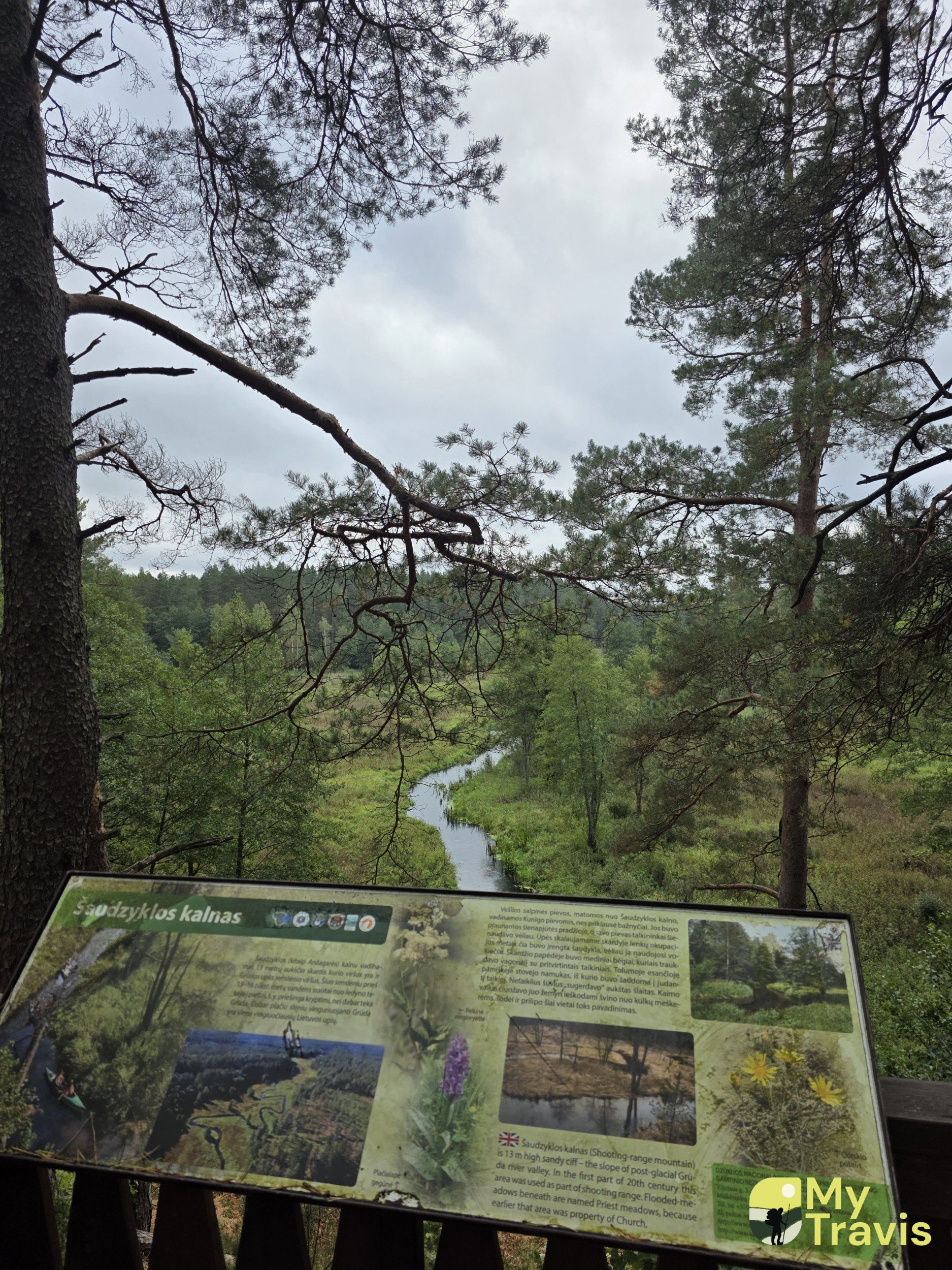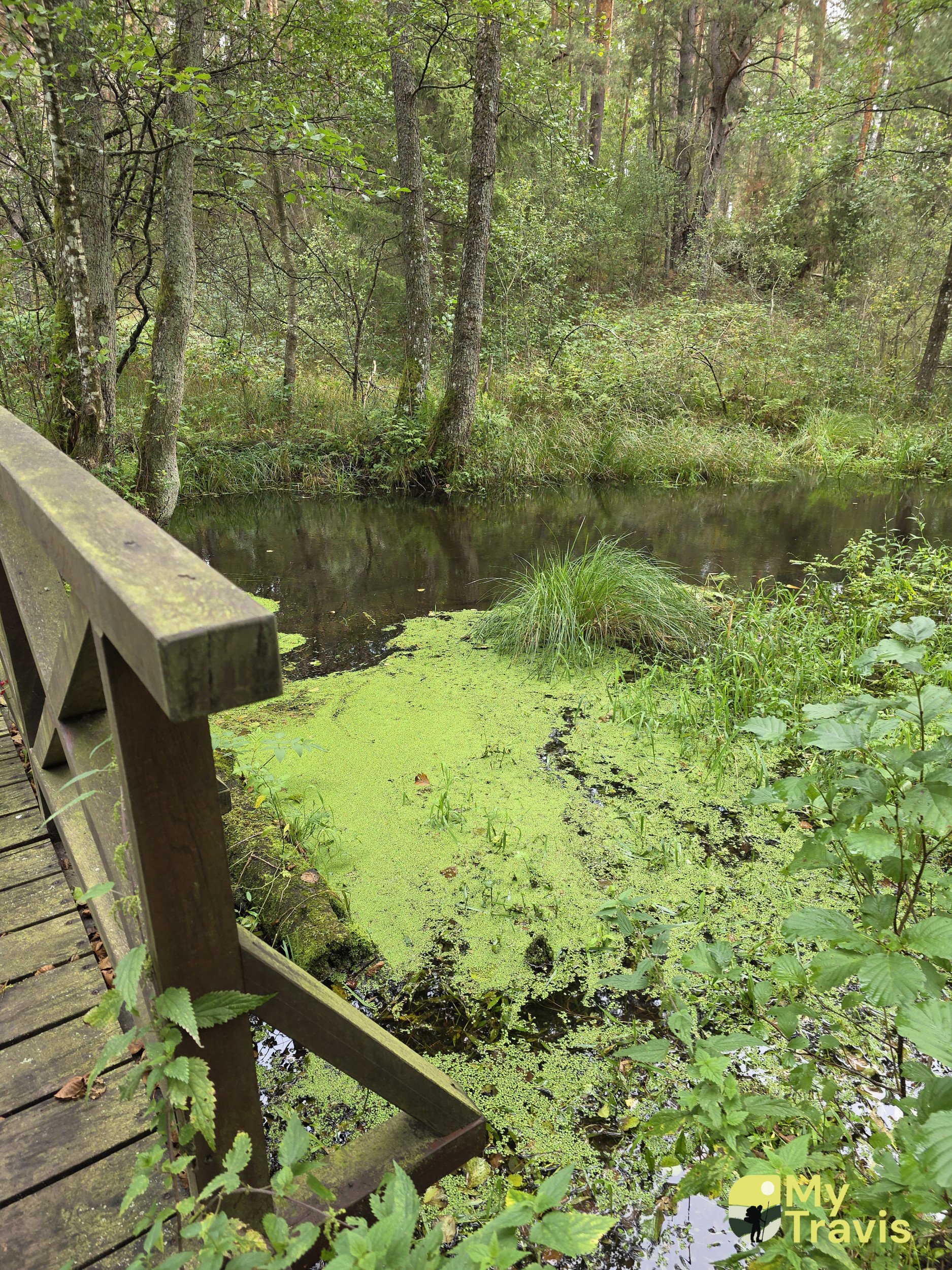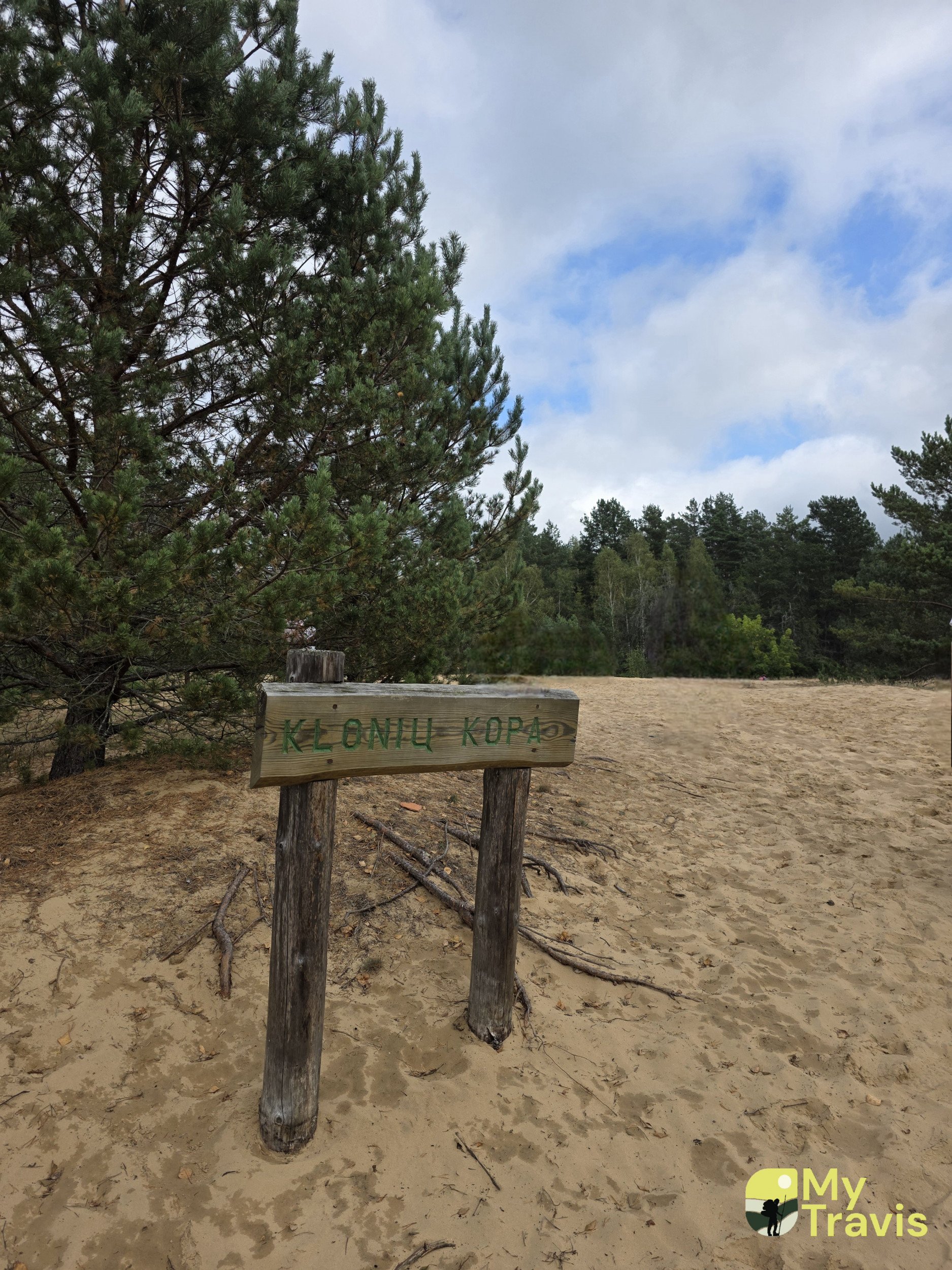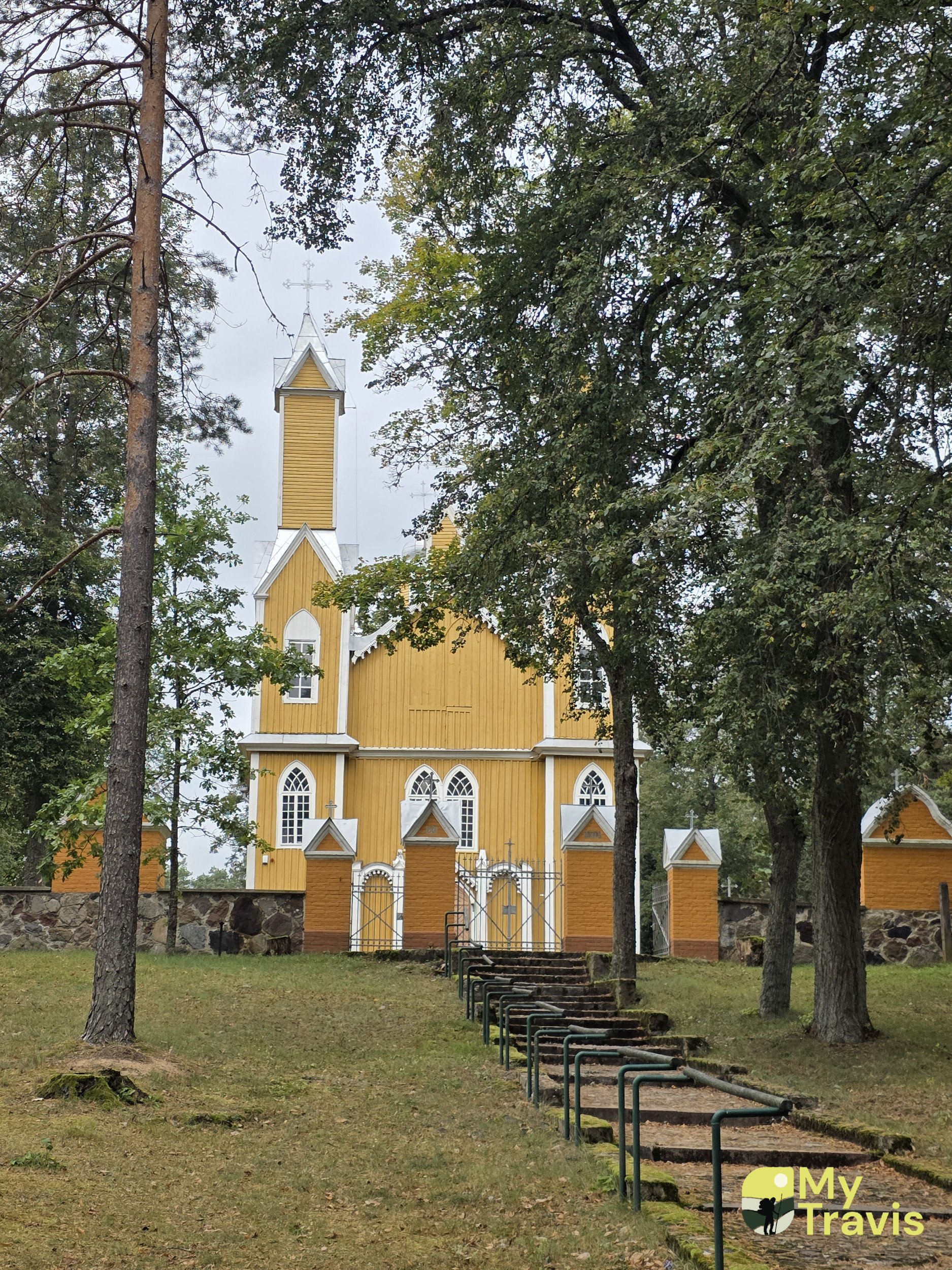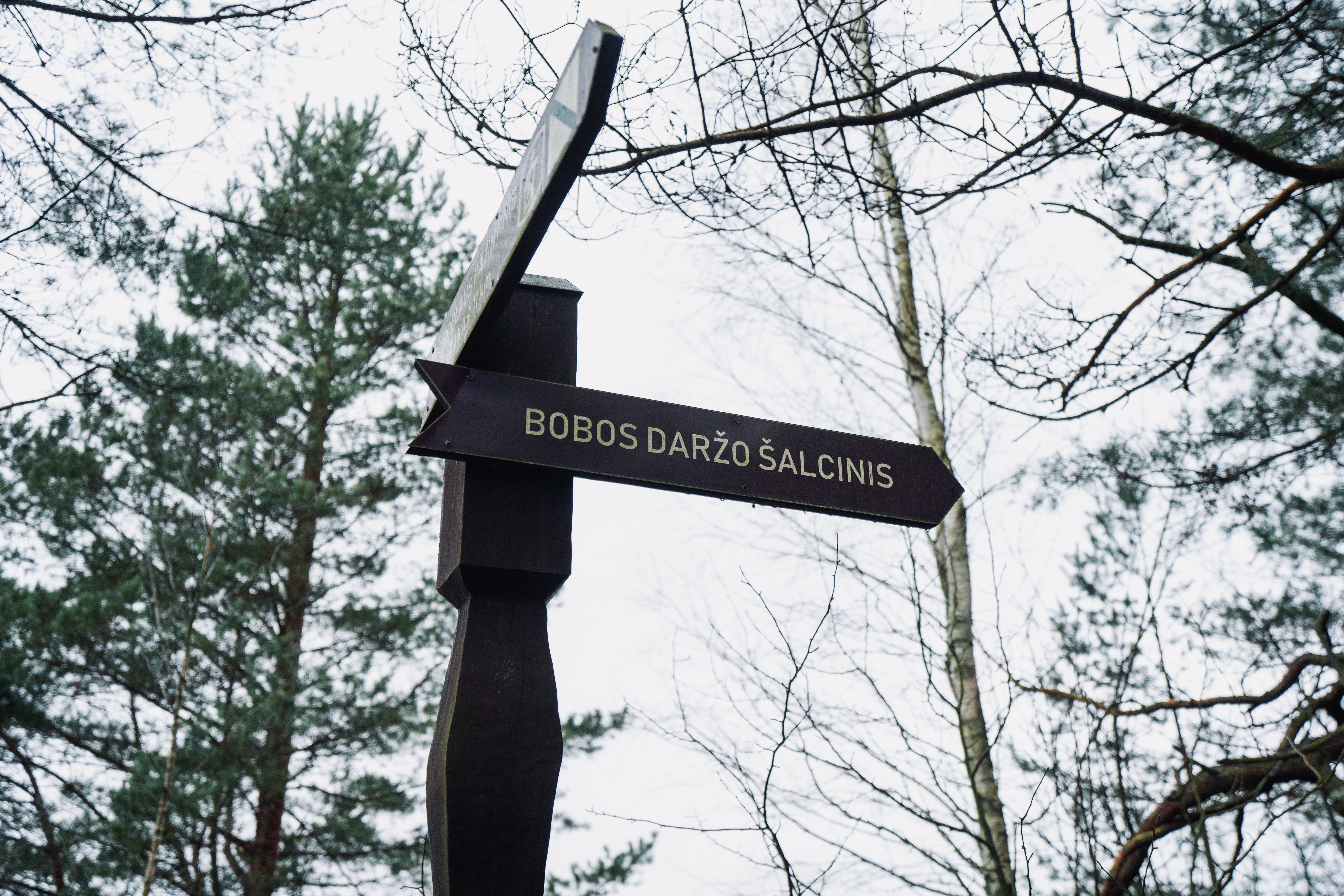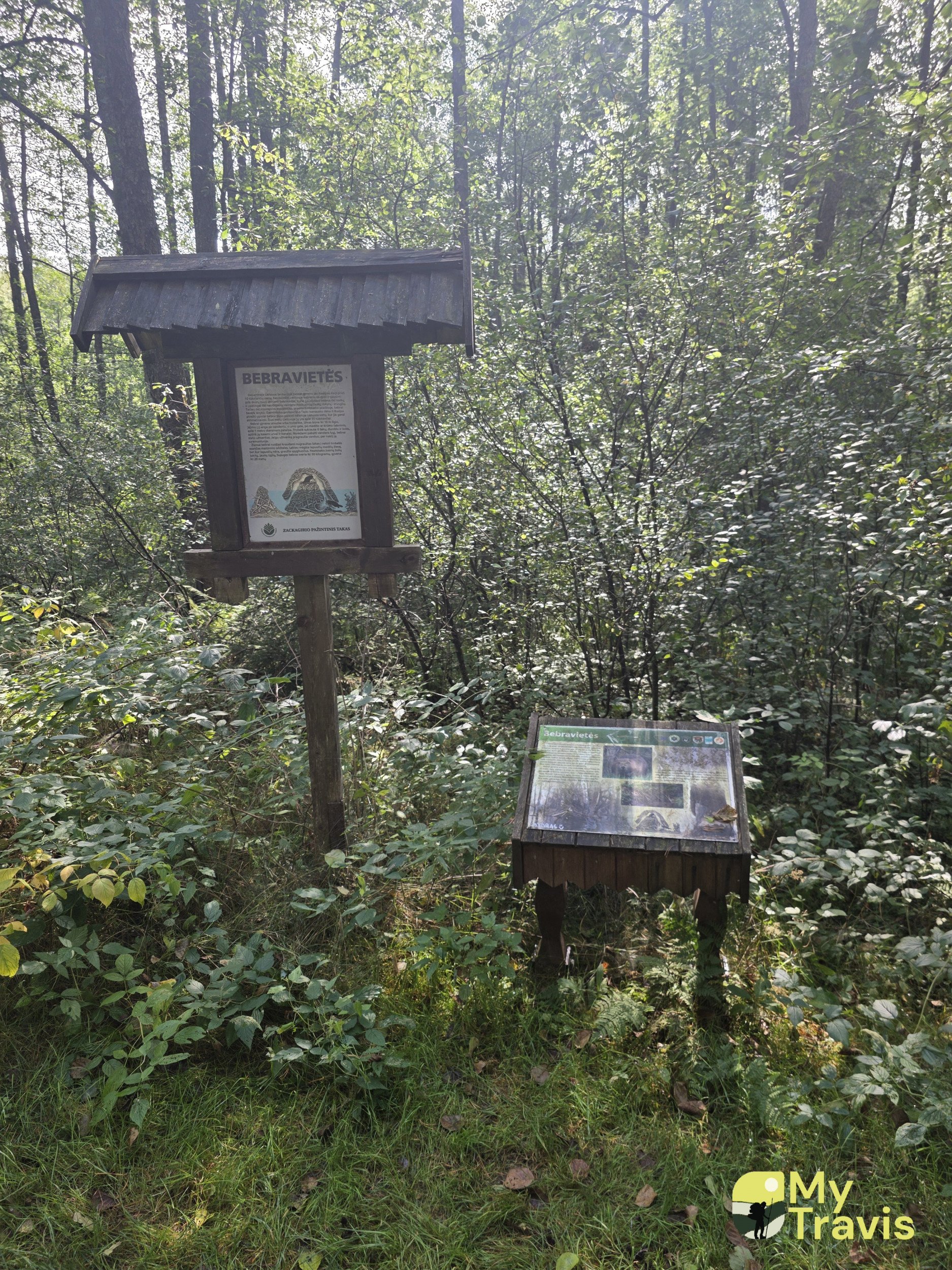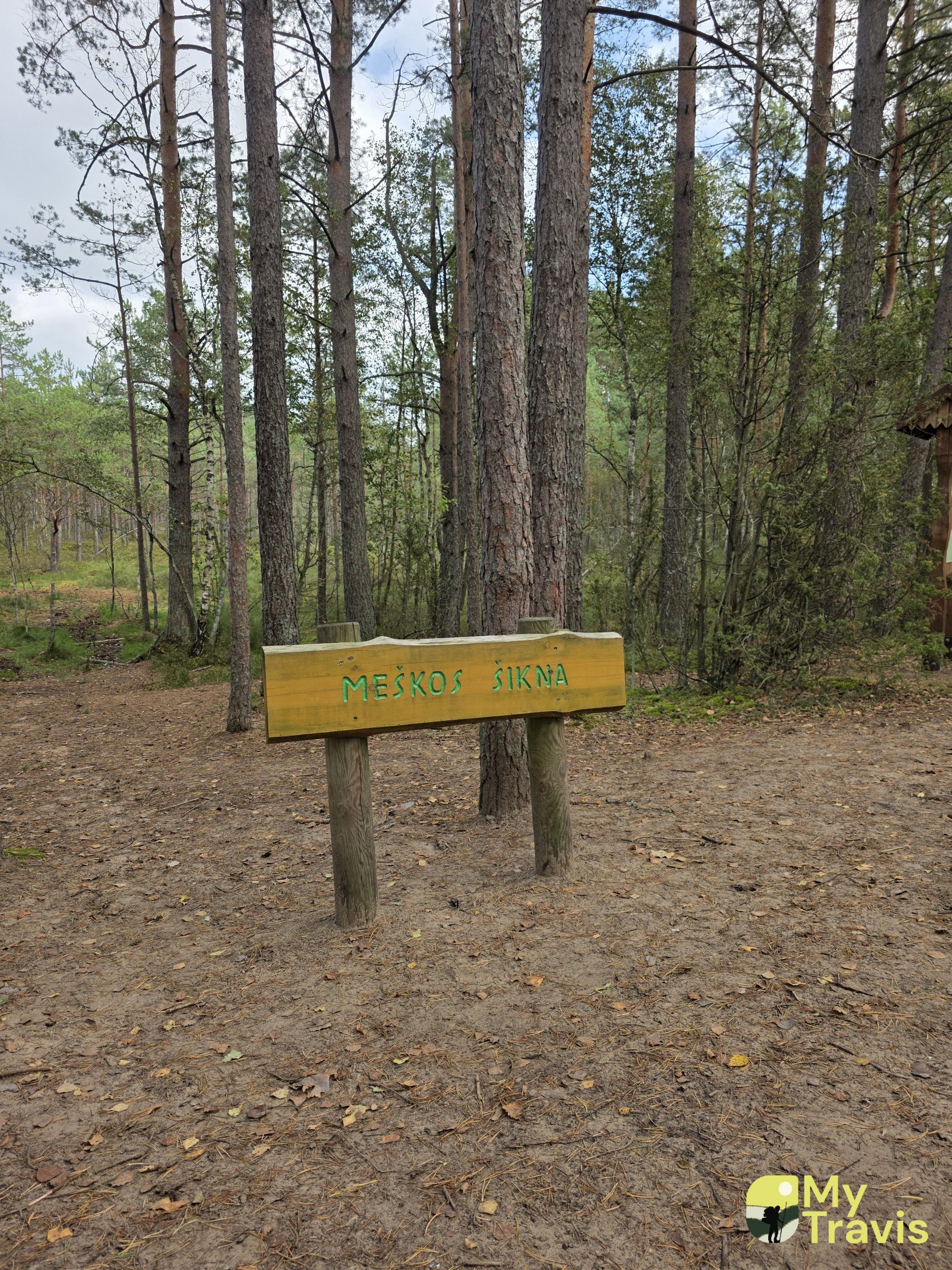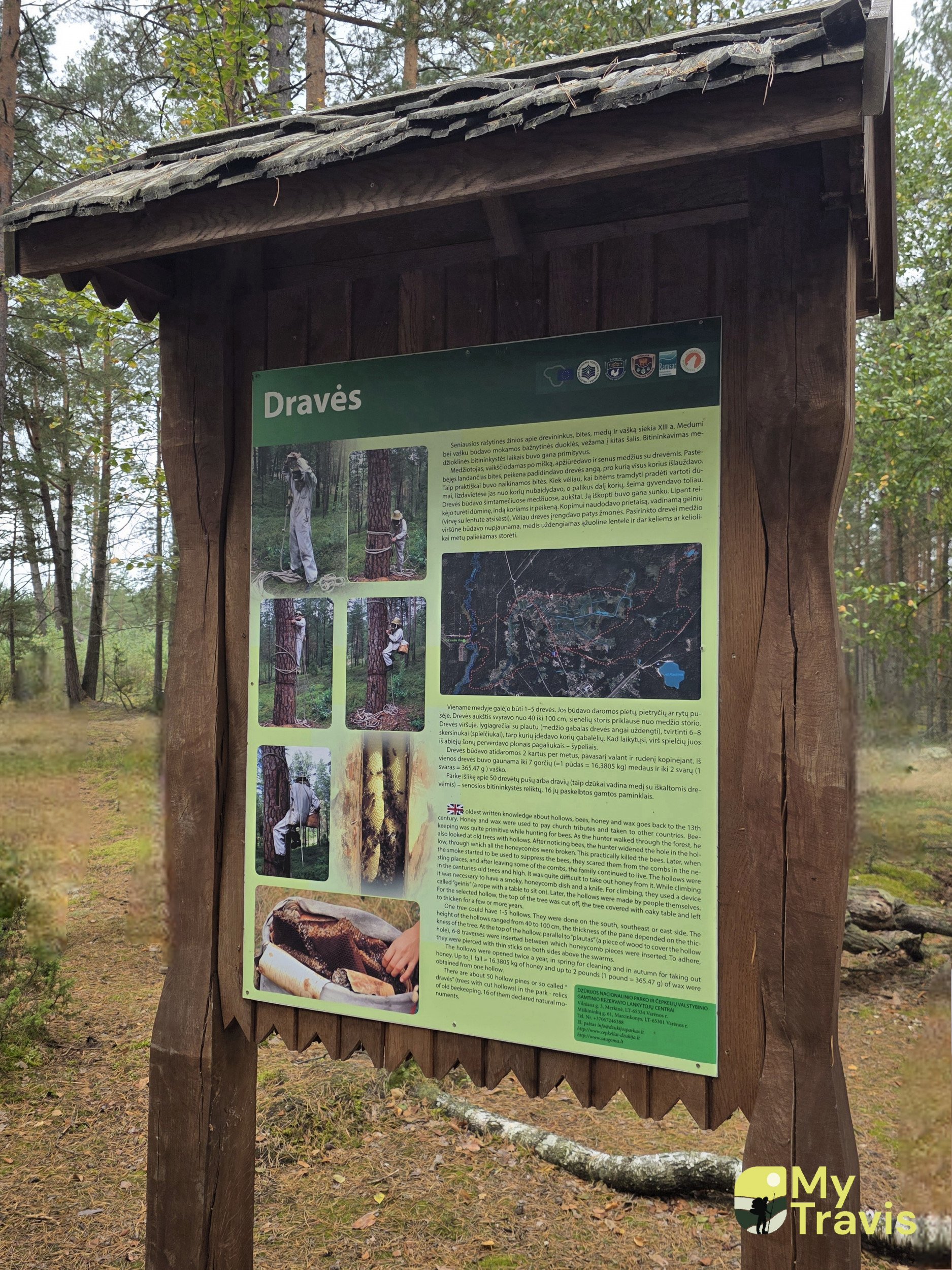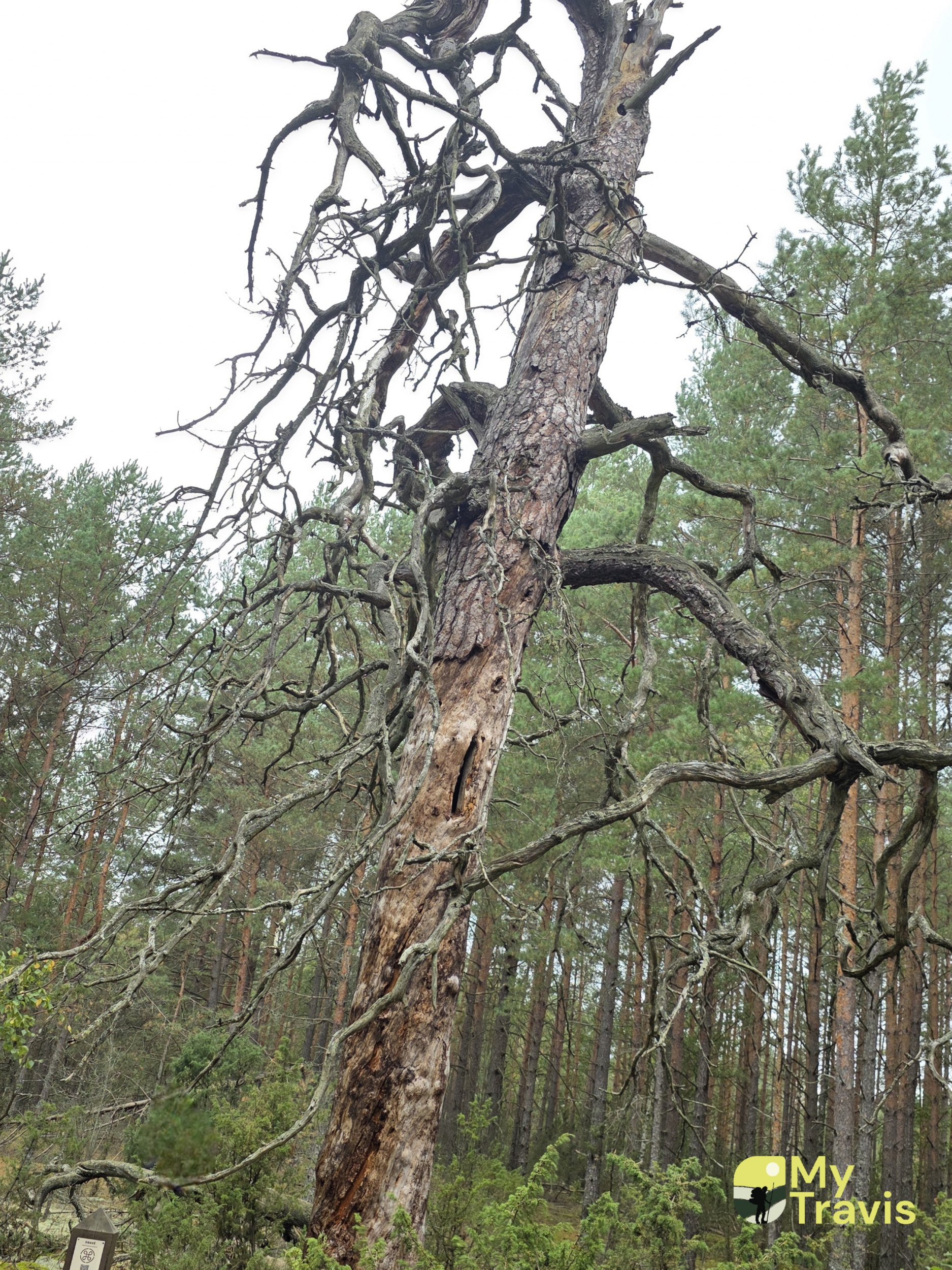




























Beehive Hollows

614

0

0
Beehive hollows are an ancient beekeeping heritage of the forests of Dzūkija, recalling times when bees were kept not in hives but in special cavities carved into trees. This tradition in Lithuania dates back to the 13th century and gradually became an important part of the livelihood of local people. Hollows were cut into pines at a height of about 6–15 meters to protect the bees from predators. Beekeepers, called “drevė makers,” would climb trees with ropes, using special tools, while honey and wax served not only as food but also as valuable trade goods. In Dzūkija, this tradition survived the longest in all of Europe and is still considered a unique cultural heritage. Visiting the hollows allows you to learn about ancient beekeeping history and feel a connection with authentic forest life.
Info
-

Nature

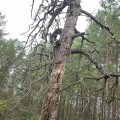
Spotted an error? Let us know
Whats new?

Three impressive Baltic seaside spots: Olando Kepurė, Veczemē Cliffs, Pakri Cliffs

Discover Tallinn Old Town with MyTravis: a medieval spirit that surprises you at every step

Women's hike through the mystery of the fog from Ginučiai Hillfort to Ladakalnis

The first women’s hiking club hike in Marcinkonys: nature’s beauty, legends, and togetherness in Dzūkija

Nature Trails in the Pärnu Region: A Journey Through Estonia’s Natural Treasures

Šiauliai Chestnut Alley – a place where dozens of chestnut trees bloom

Kulautuva – the Pearl of the Nemunas Shore: What to See and Do?

Kauko Stairs in Kaunas – Woven with Myths and Natural Beauty


 Entertainment
Entertainment
 Food establishments
Food establishments
 54.063386, 24.373859
54.063386, 24.373859
 Get directions
Get directions